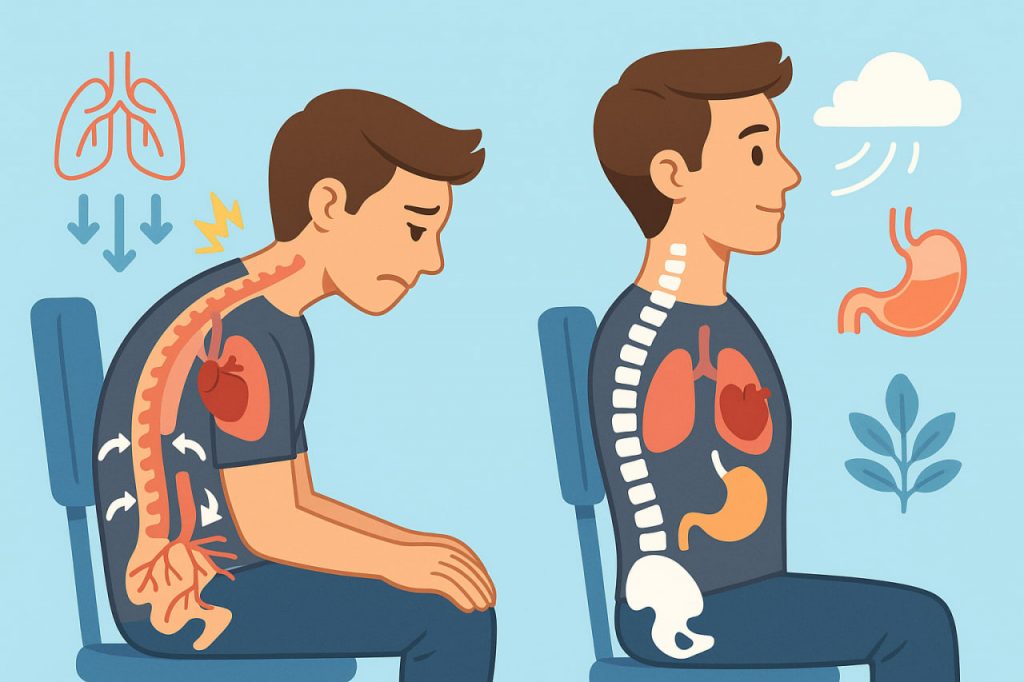Posture is more than just a matter of appearance—it’s a critical component of physical health. Poor posture, often caused by slouching, forward head tilt, or uneven sitting and standing habits, places stress on muscles, ligaments, and joints. Over time, these mechanical imbalances can lead to discomfort, fatigue, and even long-term health conditions. Whether you’re sitting at a desk, using a smartphone, or carrying a heavy backpack, maintaining healthy alignment is essential for overall body function.
Musculoskeletal Strain and Chronic Pain
One of the most immediate effects of bad posture is strain on the musculoskeletal system. When the spine is not in its natural curve, muscles have to work harder to support the body. This extra tension can lead to back pain, neck stiffness, and headaches. Over time, certain muscle groups become overactive while others weaken, resulting in muscle imbalances and increased risk of injury. Improper alignment can also accelerate wear on intervertebral discs, contributing to chronic pain and even herniated discs.
Effects on Breathing and Circulation
Slouched posture restricts the diaphragm’s movement, limiting lung capacity and reducing oxygen intake. This shallow breathing pattern may affect energy levels and mental clarity. Additionally, sitting with poor posture for long periods can compress blood vessels, especially in the lower body, leading to circulation issues like swollen legs or varicose veins. Standing or sitting upright, by contrast, helps keep the body oxygenated and supports efficient blood flow.
Impact on Internal Organs and Digestion
Prolonged slouching compresses the abdominal cavity, pushing the internal organs together and reducing digestive efficiency. This can lead to symptoms such as acid reflux, bloating, or constipation. Moreover, poor posture affects the alignment of the pelvis and core muscles, which play a key role in supporting the digestive system. By correcting posture, many individuals notice improved gut function and reduced pressure on internal systems.
Glossary
- Posture – the position in which someone holds their body when standing or sitting.
- Ligaments – strong tissues that connect bones to other bones.
- Intervertebral discs – cartilage cushions between the bones of the spine.
- Lung capacity – the amount of air the lungs can hold.
- Varicose veins – swollen veins often caused by poor circulation.
- Pelvis – the bone structure at the base of the spine that supports the torso.


